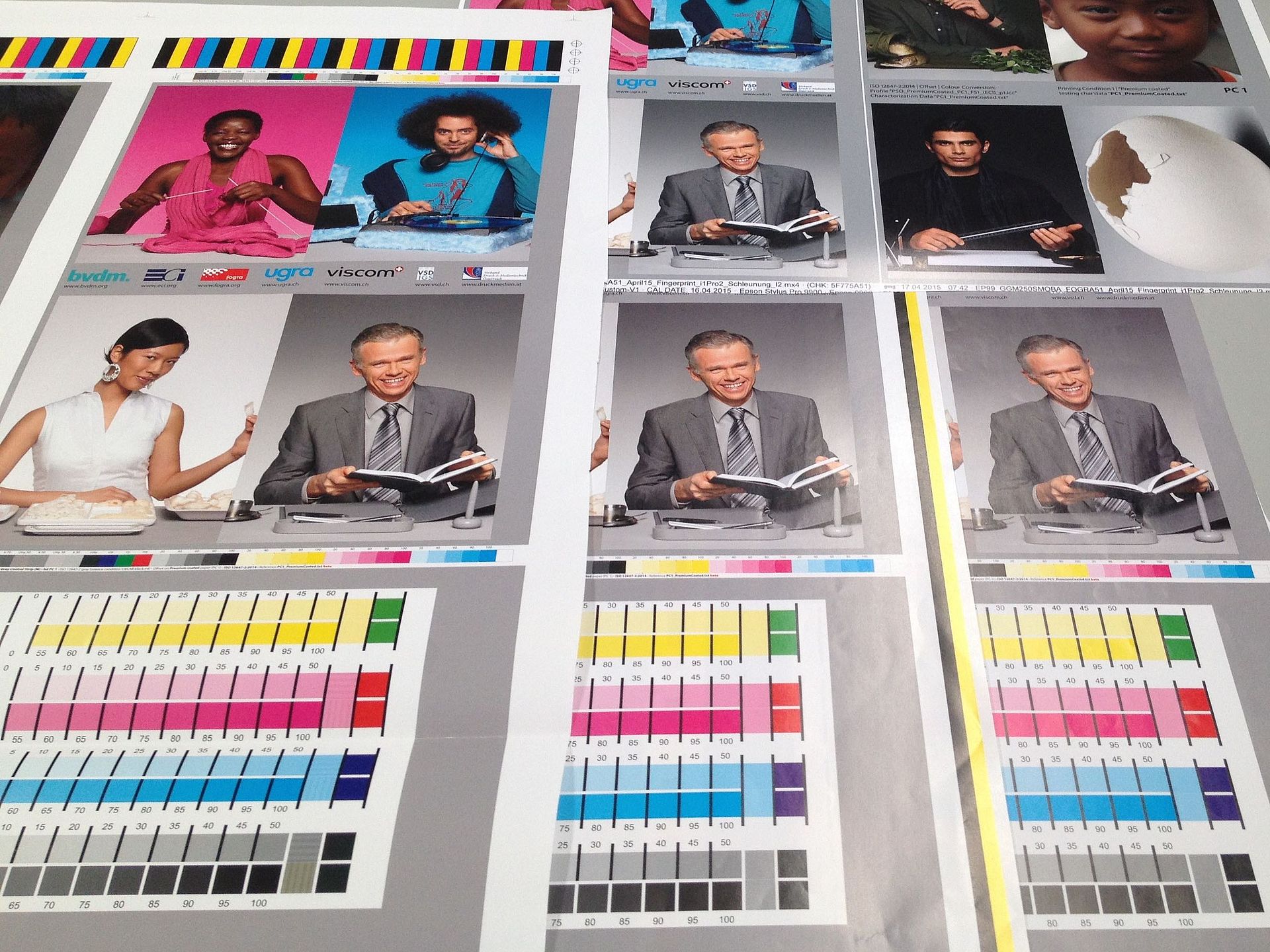Topic of your interest
The consolidation of the international standardisation landscape in the print and media industry is of great importance. This project focuses on answering the following questions:
Exchange colour space: How can a compact set of characterization data or reference printing conditions be created that representatively covers the colour gamut of all current and future print output processes?
Consistent Colour Appearance (CCA): How can colour predictability be achieved for printed products that differ significantly in the reproducible colour gamut? This is associated with the requirement for a consistent colour appearance between different print products (e.g. campaign or exhibition stand).
CMYK: How can graphic elements (so-called “technical tones”) that require dedicated CMYK basic colour mixtures (cyan, magenta, yellow, black) be prepared in a media-neutral way?
Solution steps
First, numerous test prints on coated and uncoated papers are designed and statistically evaluated. Different print parameters are varied with the aim of obtaining characterization data in conformity with the revised ISO 12647-2:2013. These include the printing presses used, the papers and manufacturers, the screens, the inks and manufacturers, etc.
The first Fogra exchange colour space (FOGRA53) is developed on the basis of colour gamut analyses. To this end, both digital printing systems with an extra-large colour gamut and the first candidates (ICC profiles) from established system manufacturers will be examined and compared. In the meantime, FOGRA53 (eciCMYK) is being replaced by FOGRA59 (eciCMYK V2) and many colour psychological experiments are necessary to prove the existence of the new evaluation procedure for the reproduction of colours. It is called “Common or Consistent Colour Appearance” (CCA) and evaluates several reproductions of an original regarding their colour coherence to each other.
A first approach is also presented on how to objectively measure the CCA using colour name databases. This idea has already been implemented and published in a follow-up project.
Achieved results
In addition, the colour gamut of modern, digital output processes was evaluated with the aim of developing a process-independent colour space for large colour gamuts. On the basis of several candidates an ICC profile was presented as an exchange colour space (FOGRA53, replaced by FOGRA59). Finally the key sheetfed offset printing conditions for standardised printing on coated (FOGRA51) and uncoated paper (FOGRA52) were validated for practical use.



